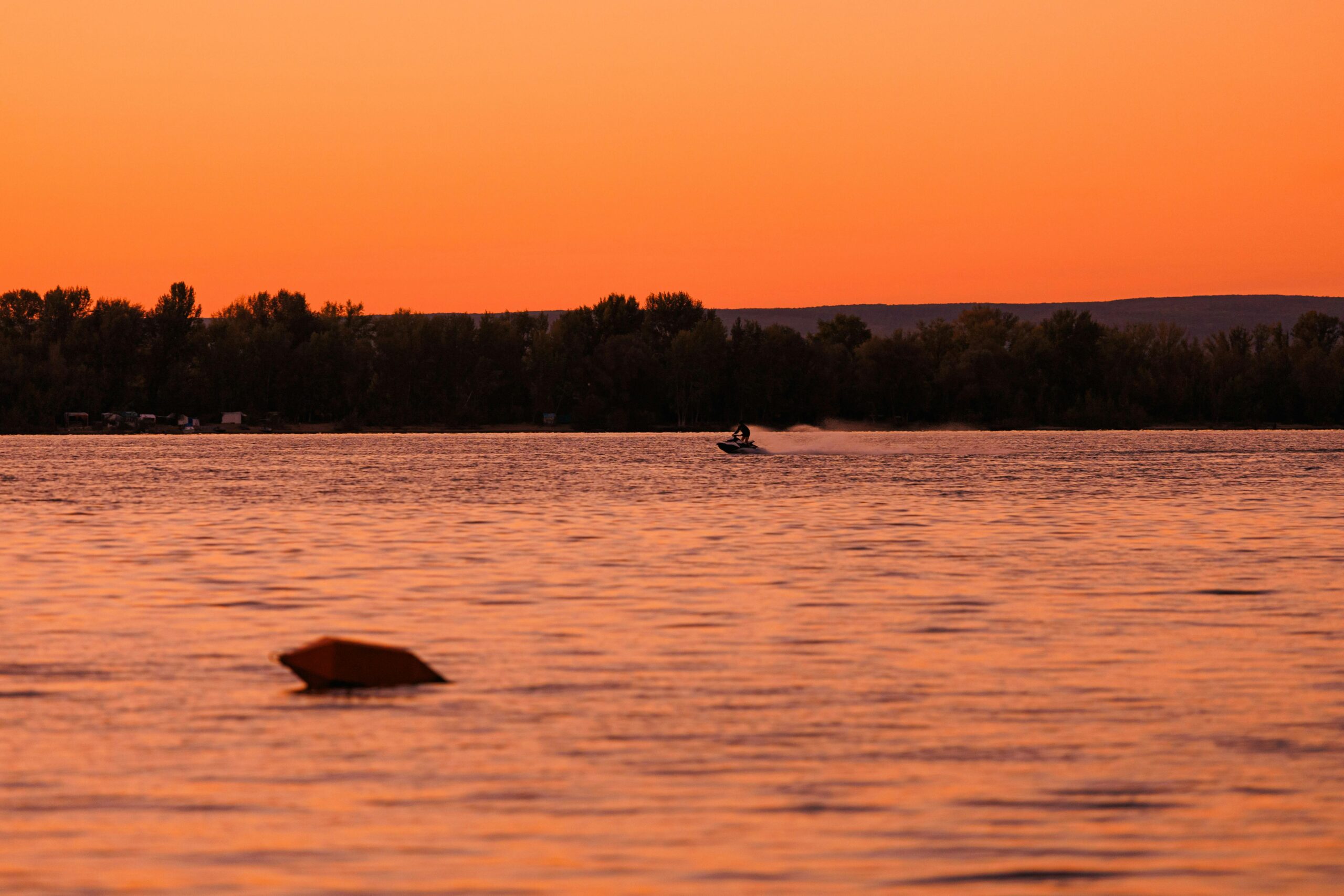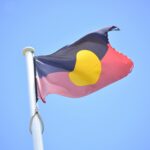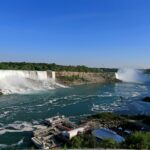Table of Contents
- The Heart of Canadian Winter: Embracing an Unforgettable Ski and Snowboard Culture
- A Coast-to-Coast Journey: Awe-Inspiring Canadian Ski Resorts for Every Skill Level
- Beyond the Slopes: Essential and Cherished Canadian Skiing Traditions
- Essential Advice for International Students and Newcomers Venturing into Canadian Ski Culture
- Frequently Asked Questions About Canadian Ski Culture
For many newcomers and international students, experiencing a true Canadian winter is a profound and exciting part of their journey. Beyond the snow-covered landscapes and chilly temperatures lies a vibrant and deeply ingrained part of the national identity: Canadian ski culture. This is more than just a sport; it is a communal experience, a way to connect with the breathtaking natural beauty of the country, and a cherished tradition that brings people together. From the majestic peaks of the Rockies to the charming hills of Quebec, skiing and snowboarding offer a powerful way to integrate into local life, make new friends, and create lasting memories. Understanding this culture is a gateway to appreciating the Canadian lifestyle, where outdoor adventure and cozy, post-activity gatherings define the winter months. This guide provides an in-depth look into the traditions, destinations, and practical tips needed to confidently embrace one of Canada’s most beloved pastimes.
The Heart of Canadian Winter: Embracing an Unforgettable Ski and Snowboard Culture
In Canada, ski culture is a cornerstone of the winter season, woven into the social fabric of communities from coast to coast. It represents a collective enthusiasm for embracing the cold, rather than hiding from it. This spirit is most palpable in the mountain towns and resorts, where life revolves around the daily snow report. The culture isn’t just about the athletic pursuit of gliding down a mountain; it’s about the entire experience. It begins with the early morning anticipation, checking the weather conditions, and sharing a car ride with friends to the local hill. On the slopes, there’s an unspoken camaraderie—a nod between strangers on a chairlift, a shared laugh after a harmless fall, or cheers for someone landing a difficult trick in the terrain park. This sense of community makes the vast, often intimidating mountains feel welcoming. A vital part of this experience is the famous “après-ski” tradition, a French term meaning “after ski.” This is the social reward after a day in the elements, where friends and families gather in cozy lodges or local pubs, often still in their ski boots, to share stories of their day over warm drinks and hearty food. It’s during these moments that connections are forged, making the Canadian ski culture a truly social and inclusive activity for everyone, including newcomers looking to build their community.
A Coast-to-Coast Journey: Awe-Inspiring Canadian Ski Resorts for Every Skill Level
Canada’s diverse geography offers a spectacular array of skiing and snowboarding destinations, each with its unique character and appeal. In British Columbia, you’ll find the world-renowned Whistler Blackcomb, a massive resort known for its epic terrain, vibrant village, and reliable snowfall. It’s a bucket-list destination for enthusiasts globally. Closer to Vancouver, the local mountains—Cypress Mountain, Grouse Mountain, and Mount Seymour—offer incredible convenience and stunning city views, making them perfect for an after-work ski session or a quick weekend trip. Moving east to Alberta, the Rocky Mountains provide a dramatic and truly majestic backdrop. Resorts like Lake Louise and Banff Sunshine are situated within Banff National Park, offering breathtaking vistas of pristine wilderness. The experience here is as much about soaking in the unparalleled scenery as it is about the skiing itself. The snow is famously light and dry, often referred to as “champagne powder.” In Eastern Canada, Quebec’s Mont Tremblant stands out with its colourful, European-style pedestrian village and lively atmosphere. The slopes offer a different but equally thrilling experience, with beautifully groomed runs and a festive vibe. Not to be outdone, Ontario’s Blue Mountain is a hub of winter activity, providing a family-friendly resort experience with a wide range of slopes and off-hill activities, making it an accessible entry point for those new to the Canadian ski culture.
Beyond the Slopes: Essential and Cherished Canadian Skiing Traditions
The authentic Canadian ski culture extends far beyond the physical act of skiing. It’s a collection of traditions, foods, and unspoken rules that make the experience uniquely Canadian. Understanding these elements is key to fully immersing oneself in the winter lifestyle. From the fashion to the food, these traditions are a delightful part of the adventure. For example, the practical yet iconic “uniform” often consists of a warm toque (beanie), cozy flannel shirt for layering, and high-quality waterproof gear. It’s a look that prioritizes warmth and function but has become a symbol of Canadian outdoor life. The food found at ski resorts is another cherished aspect. Nothing quite compares to warming up with a classic Canadian poutine—fries smothered in gravy and cheese curds—or indulging in a sweet, doughy BeaverTail pastry dusted with cinnamon and sugar. These treats are more than just food; they are a ritual, a comforting reward after hours in the cold. The social fabric of Canadian ski culture is equally important and is often built around shared experiences and communal gatherings.
- The Après-Ski Ritual: This is arguably the most important tradition. It’s not just a happy hour; it’s a celebration of the day’s achievements on the mountain. Gathering in a warm lodge by a fireplace with friends, sharing stories over a beer or hot chocolate, is an integral part of the Canadian ski experience.
- First Tracks and Powder Days: For dedicated skiers and snowboarders, the ultimate prize is “first tracks”—being the first to ski down a slope after a fresh snowfall. The excitement around a “powder day” is infectious, with many locals rearranging their schedules to take advantage of perfect, untouched snow.
- The Weekend Ski Trip: Many Canadian families and groups of friends have a tradition of taking weekend or week-long trips to ski resorts, often staying in cabins or condos. These trips are a blend of intense outdoor activity and cozy indoor relaxation, strengthening bonds and creating lifelong memories.
- Community and Hillside Etiquette: There’s an unwritten code of conduct on the slopes that promotes safety and respect. This includes things like giving downhill skiers the right of way, controlling your speed, and offering a hand to someone who has fallen. It reflects a broader Canadian value of politeness and community-mindedness.
Essential Advice for International Students and Newcomers Venturing into Canadian Ski Culture
For those new to Canada and its winter sports, diving into the ski culture can seem daunting and expensive. However, with some planning, it can be an accessible and incredibly rewarding experience. First and foremost, proper clothing is non-negotiable. The key is layering: start with a moisture-wicking base layer, add an insulating mid-layer like fleece, and finish with a waterproof and windproof outer jacket and pants. Don’t forget warm socks, waterproof gloves, goggles, and a helmet. Many resorts offer rental packages that include skis or a snowboard, boots, and a helmet, which is a great option for beginners who aren’t ready to invest in their own equipment. To save money, look for beginner packages that often bundle a lift ticket, rental equipment, and a lesson at a discounted price. Taking a lesson is highly recommended; professional instructors will teach you the fundamental skills and safety rules, ensuring your first time on the slopes is enjoyable and safe. Transportation can also be a hurdle, but many major resorts near cities offer shuttle bus services. University and college clubs often organize ski trips, which are a fantastic and affordable way for international students to get to the mountains and meet new people. Finally, don’t feel pressured to tackle the most difficult runs on your first day. Stick to the designated beginner areas (green runs) and progress at your own pace. The goal is to have fun and safely experience the thrill of Canadian ski culture.
Frequently Asked Questions About Canadian Ski Culture
What is ‘après-ski’?
Après-ski is a French term that translates to ‘after ski.’ It refers to the social activities and entertainment that take place at a ski resort after a day on the slopes, such as gathering for drinks, food, and conversation in a lodge or pub.
How can I ski in Canada on a budget as a newcomer or student?
To ski on a budget, consider renting equipment instead of buying it and look for beginner packages that bundle lift tickets, rentals, and lessons. Also, watch for deals on night skiing, pack your own lunch, and check if local universities or community centres organize affordable group trips.
What are the best Canadian ski resorts for beginners?
Many Canadian resorts have excellent beginner areas. Blue Mountain in Ontario is known for being very family- and beginner-friendly. In the west, the local Vancouver mountains like Mount Seymour and the gentle slopes at Banff’s Norquay are great places to learn.
What should I wear for my first time skiing in Canada?
Layering is essential for staying warm and dry. You should wear a moisture-wicking base layer, a fleece or down mid-layer for insulation, and a waterproof and windproof jacket and pants. Also, remember to wear warm ski socks, waterproof gloves, goggles, and a helmet.
Do I need to take a lesson to learn how to ski or snowboard?
While not mandatory, taking a lesson is highly recommended for beginners. A professional instructor will teach you the proper techniques for stopping, turning, and using the ski lift safely, which will make your first experience much more enjoyable and significantly reduce the risk of injury.
Talk to us to find out more. ->
The content above is not intended to provide legal advice or opinions of any kind and may not be used for professional or commercial purposes.







